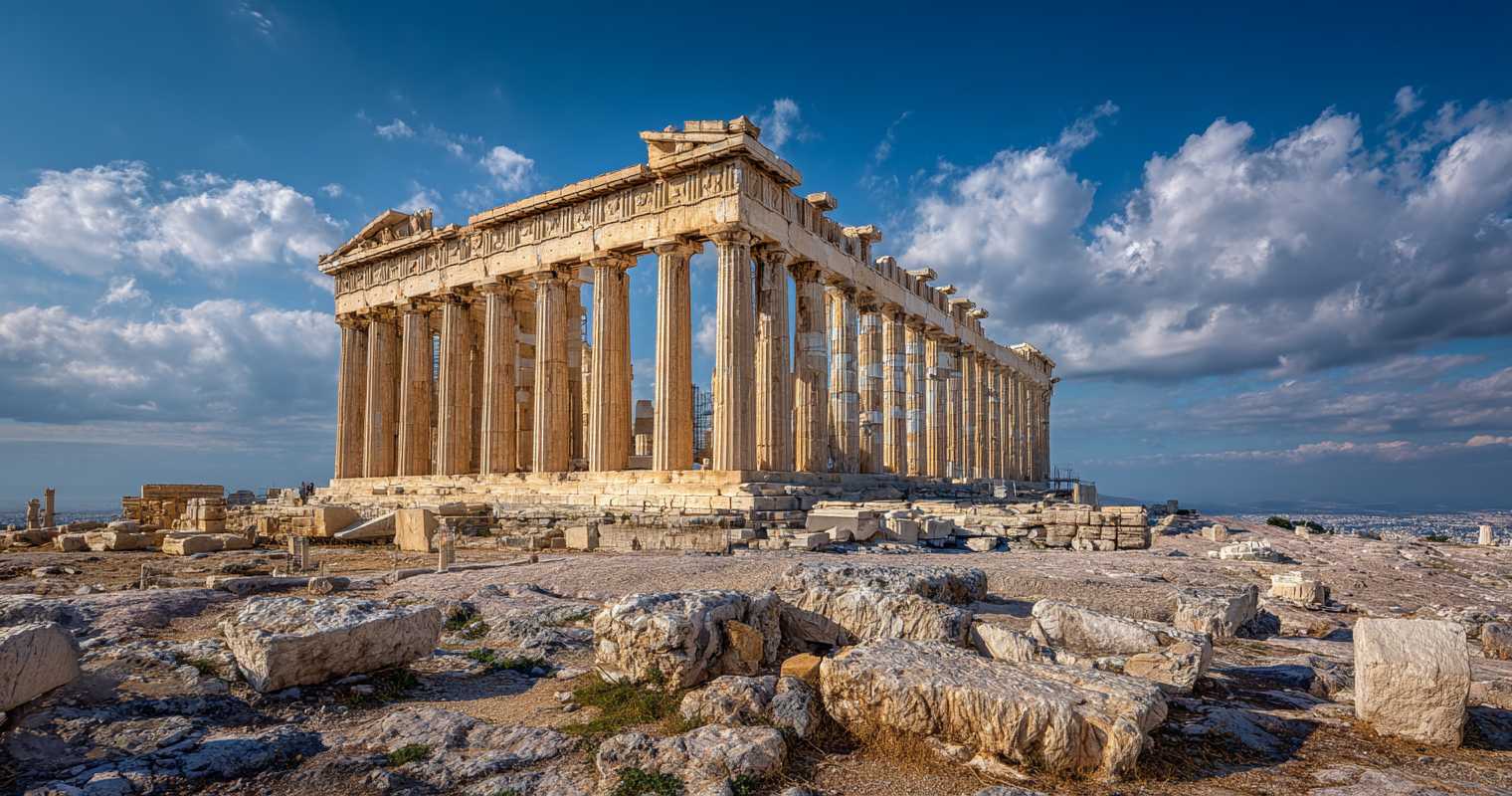
Step into the Ancient Greece and Rome Quiz and imagine standing in a bustling agora where philosophers debate under open skies or wandering through a Roman forum alive with merchants and performers. These two civilizations transformed ideas into movements, architecture into wonders, and celebrations into timeless traditions that still influence the way we live and think today.
From the lively festivals of Athens to the grand spectacles of Rome, these cultures embraced life with unmatched energy and ambition. Their streets rang with music, their theaters echoed with stories, and their marketplaces overflowed with vibrant exchanges of goods and ideas. By exploring their history, we gain a window into a world that celebrated progress, knowledge, and shared experience in ways that remain inspiring even now.
Cultural Brilliance of Greece and Rome
Greek and Roman culture pulsed with creativity and purpose. The Greeks gave us theater, philosophy, and art that celebrated human potential. Rome, in turn, transformed public life with innovations in architecture, law, and urban design that continue to inspire the world.
Their festivals brought people together in ways that transcended class and background. From the athletic competitions of Olympia to the vibrant feasts of Saturnalia, these events reflected their love of community and shared joy. Even their approach to education and public life encouraged curiosity and engagement. By valuing dialogue, debate, and civic participation, they cultivated societies where ideas and achievements could flourish.
Innovation and Lasting Influence
Ancient Greece and Rome left behind legacies that continue to shape the modern world. Greek mathematics, science, and literature provided a foundation for knowledge that endured for centuries. Rome’s mastery of engineering and infrastructure transformed cities into centers of progress and connection.
Their artistic achievements also left a mark that has never faded. Statues, mosaics, and buildings still stand as a testament to the skill and vision of their creators, each piece offering a glimpse into their vibrant world.Even language carries their influence. From Greek roots in science and philosophy to the Latin origins of many modern languages, their words remain part of our daily lives.
Festivals and Daily Life
Life in these civilizations was not only about monuments and politics—it was about celebration and connection. Greek festivals honored music, poetry, and sport, filling cities with an infectious sense of excitement and pride. These gatherings strengthened community ties and highlighted the cultural richness of their society.
Roman festivals were equally spectacular. Events like Lupercalia or Saturnalia transformed ordinary days into city-wide celebrations filled with color, laughter, and shared tradition, reminding every citizen of the joy of belonging.In homes and marketplaces, people lived with purpose and participation, making every corner of their cities a reflection of their values and their vision for a better life.
7 Fun Facts About Ancient Greece and Rome
- Greek theater audiences sometimes threw food to show their approval of a play.
- Romans used public baths not only for bathing but also as social gathering places.
- The Olympic Games in Greece included unusual events like chariot racing and pankration.
- Romans loved street food and often ate on the go while shopping in busy markets.
- Greek symposiums combined wine, music, and philosophical discussion in a single evening.
- Roman aqueducts were so well-built that some still function today.
- Greek and Roman festivals often lasted several days, featuring performances, contests, and feasts.
Ancient Greece And Rome – FAQ
Ancient Rome’s legal system, particularly the establishment of principles like the rule of law and the concept of innocent until proven guilty, has had a lasting impact on modern legal systems worldwide. The Roman legal framework provided a basis for many legal principles still in use today.
Ancient Greek mythology featured a pantheon of gods and goddesses, including Zeus, Athena, Apollo, and Aphrodite. These deities played significant roles in the lives of the ancient Greeks and were believed to govern various aspects of the world and human existence.
The architectural styles of Ancient Greece and Rome, characterized by features such as columns, arches, and domes, have had a profound influence on modern building design. Elements of classical architecture can be seen in structures ranging from government buildings to private residences, showcasing the enduring legacy of these ancient civilizations.
